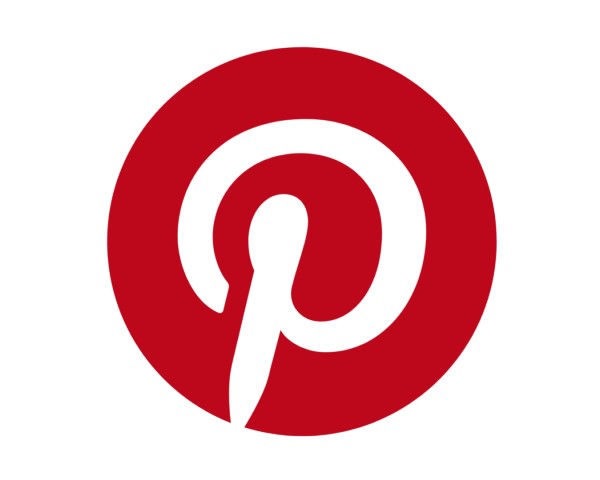
Overview of Pinterest for Business
Pinterest is a visual bookmarking site and social network where users “pin” images and videos onto “boards” that group the Pins together, archiving them in an organized manner. Pinterest has also been referred to as a visual search engine, letting users seek out content using images in addition to text prompts.
Users on the platform use Pinterest in many different ways including as inspiration for crafts, for planning special occasions such as vacations and weddings, for home decor ideas, for tips on everything from fashion to cooking, and for shopping research and buying online. Pinterest users are predominantly women, mostly in the 25-34 age range.
Pinterest Pins can be generated from your website, other websites, or uploaded from your smartphone or computer. A properly produced Pin has a title, a description, strategic hashtags, a price if it features a product for sale, and links back to the source of the image or video or to another relevant destination on the web.
Pinterest boards are typically organized by category to make Pins easier to find. While a Pinterest account page has limited layout and design features, you can create a cohesive and branded look by the cover image Pins you select to represent each board.
In addition to being a powerful website traffic driver, Pinterest can also lead directly to online sales. Rich Pins, for example, can pull images, text, pricing, and other information from your online store and update it automatically when you change it on your website. If you want to sell products online, you can streamline the purchasing process by building an online store with Shopify, a Pinterest partner, and create a seamless shopping experience from your product Pins.
Here’s are some initial ways to leverage Pinterest for your business.
Pin from your own website. By pinning from your website or uploading your own Pins and adding your website as the Pin destination, you can potentially increase traffic to your site while building your brand. While you shouldn’t only pin from your site, not pinning your images and videos misses the chance to tap into Pinterest’s strength as a traffic driver. If you have an online store, pinning products from your product pages is a given. Make sure the images and videos on your website are sized appropriately for Pinterest – the larger the better.
Use Pinterest Add-Ons. Pinterest offers a number of different widgets or add-ons that can be embedded into your website to make it easier for people to interact with your Pinterest account. Note that you’ll need to use Javascript to add these widgets. The Follow Add-On lets people who visit your website easily follow you on Pinterest so they can see your pins in their home feed. You can use the Pin Add-On to showcase your pins on your website. The Board Add-On embeds your boards on your website. The Profile Add-On shows your Pinterest profile with an easy way to follow your account. There is also the Save Add-On that allows your customers to save images and videos from your website straight to Pinterest. Build any of these add-ons using the Pinterest add-on widget builder and JavaScript.
Use Rich Pins. Rich Pins contain enhanced information pulled from the pin source or added based on the type of Pin you’ve chosen. The information automatically updates when the source material is updated.
There are three specific types of Rich Pins:
Article Rich Pins. Includes article headline or title, a description, and the author of the article or blog post from your site.
Product Rich Pins. Includes current pricing, availability and product information on your Pin. Note that you must meet Pinterest’s merchant guidelines for your product information to show up on your Product Rich Pin.
Recipe Rich Pins. Includes the title, serving size, cook time, diet preference, and a list of ingredients to recipes that you save from your site.
For Rich Pins to work, you need to add rich meta tags to the pages where the relevant content for the Pins appears. The Developers section on the Pinterest website for businesses includes instructions on how to create Rich Pins.
Promote Pins via Advertising. You can pay to promote your Pins through advertising. Pinterest offers a number of different types of ads including:
Carousels – multiple images in a single ad
Collections – a mix of images and videos in a single ad
Idea – an immersive multimedia ad to drive action
Image – a single image ad
Premiere spotlight – “takeover” video placements on high-trafficked pages on Pinterest
Quiz – an interactive ad providing personalized results
Showcase – images and links to lead customers to action
Video – standard or wide-format motion ads
Pinterest has a more demanding posting schedule than most other popular social networks. To get noticed on Pinterest organically, post multiple pins several times a day. Be prepared to create Pinterest-specific images and Pinterest-friendly content as most formats that work on Facebook, Instagram, X, or other social networks are not optimally sized for Pinterest.
Be strategic about what you post to your Pinterest account. Include your own pins as well as “re-pinning” content from other accounts. Optimize your website and your online store, if you have one, with add-ons to increase ways people can follow you and buy from your company while using Pinterest. Take advantage of all features Pinterest has to offer to better promote your business on the platform.

 How AI Can Help Your Business
How AI Can Help Your Business